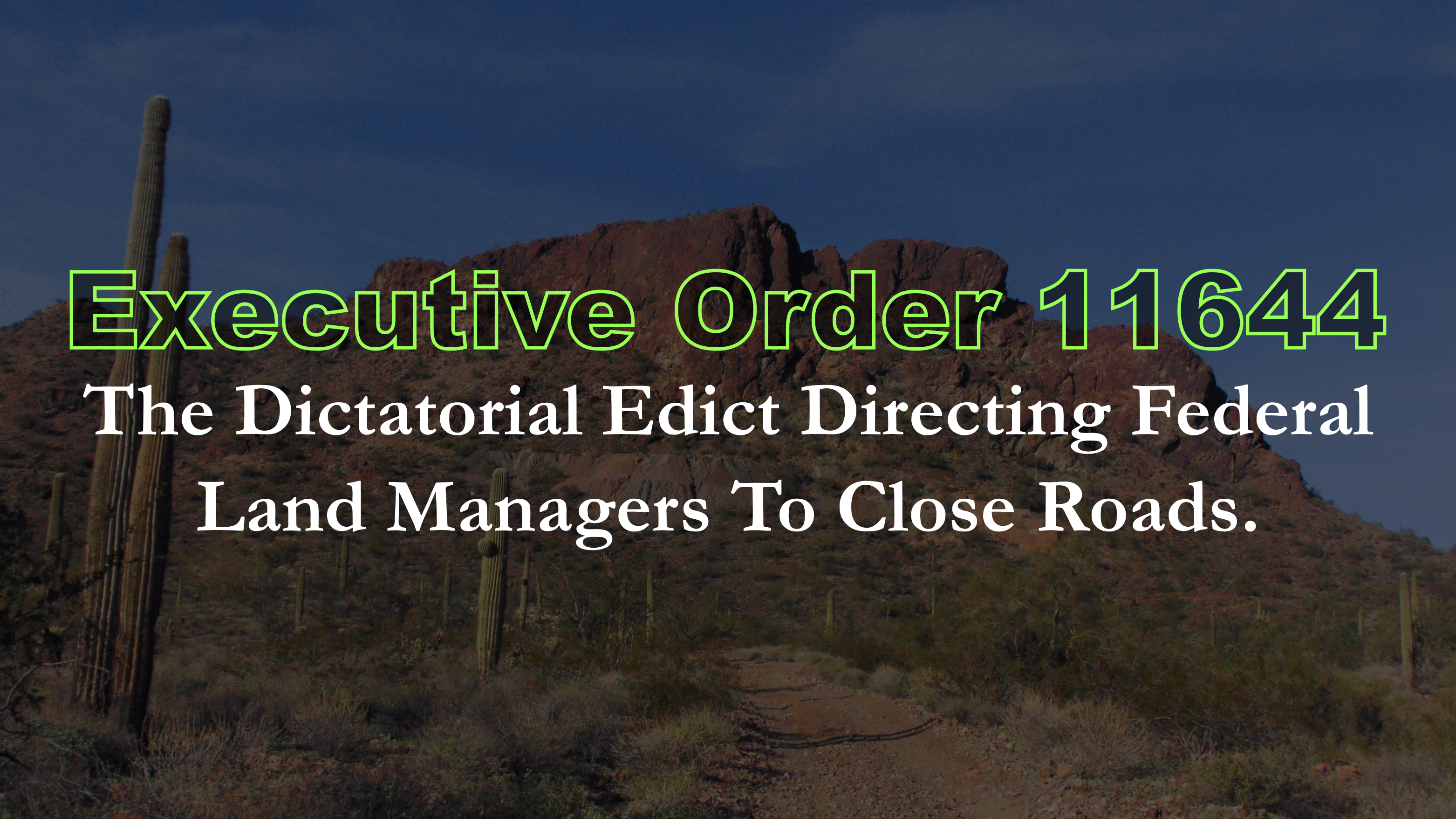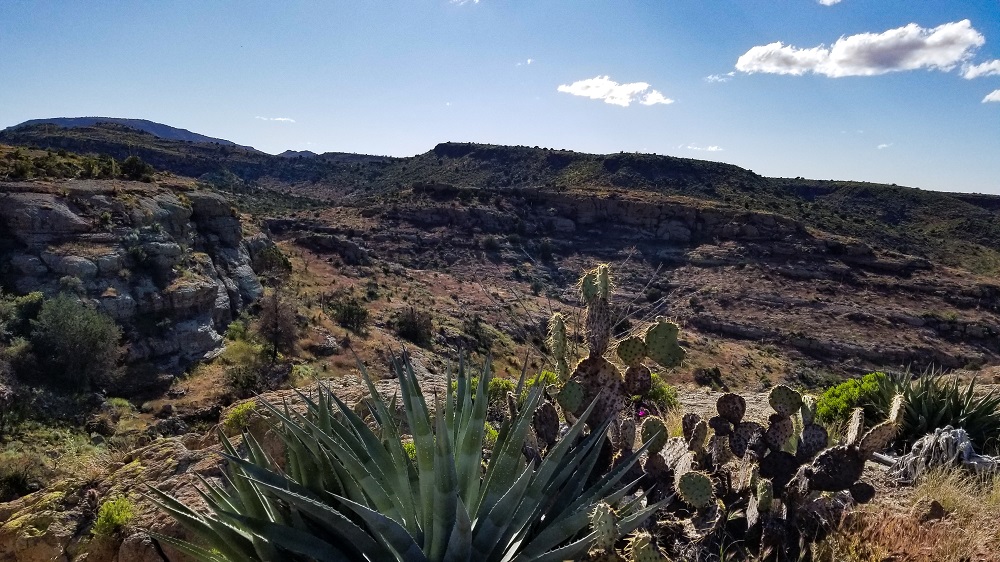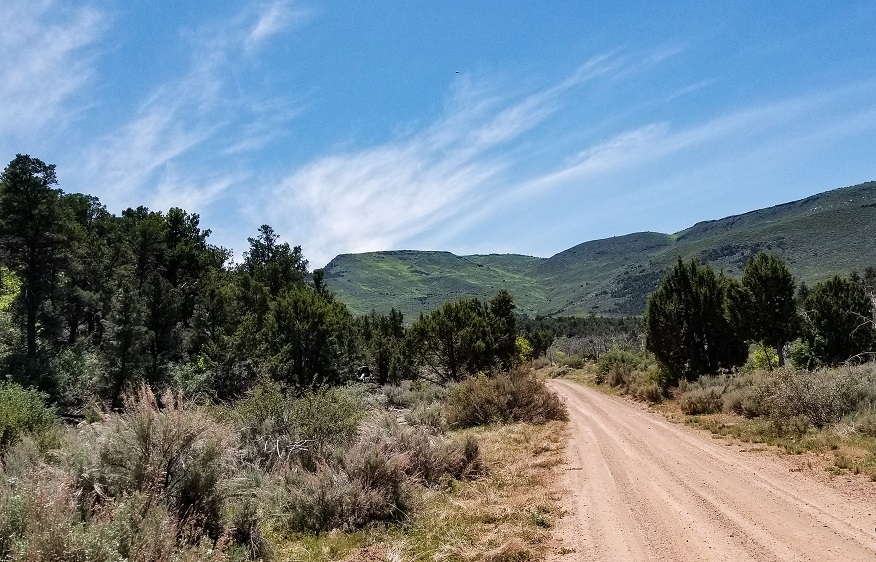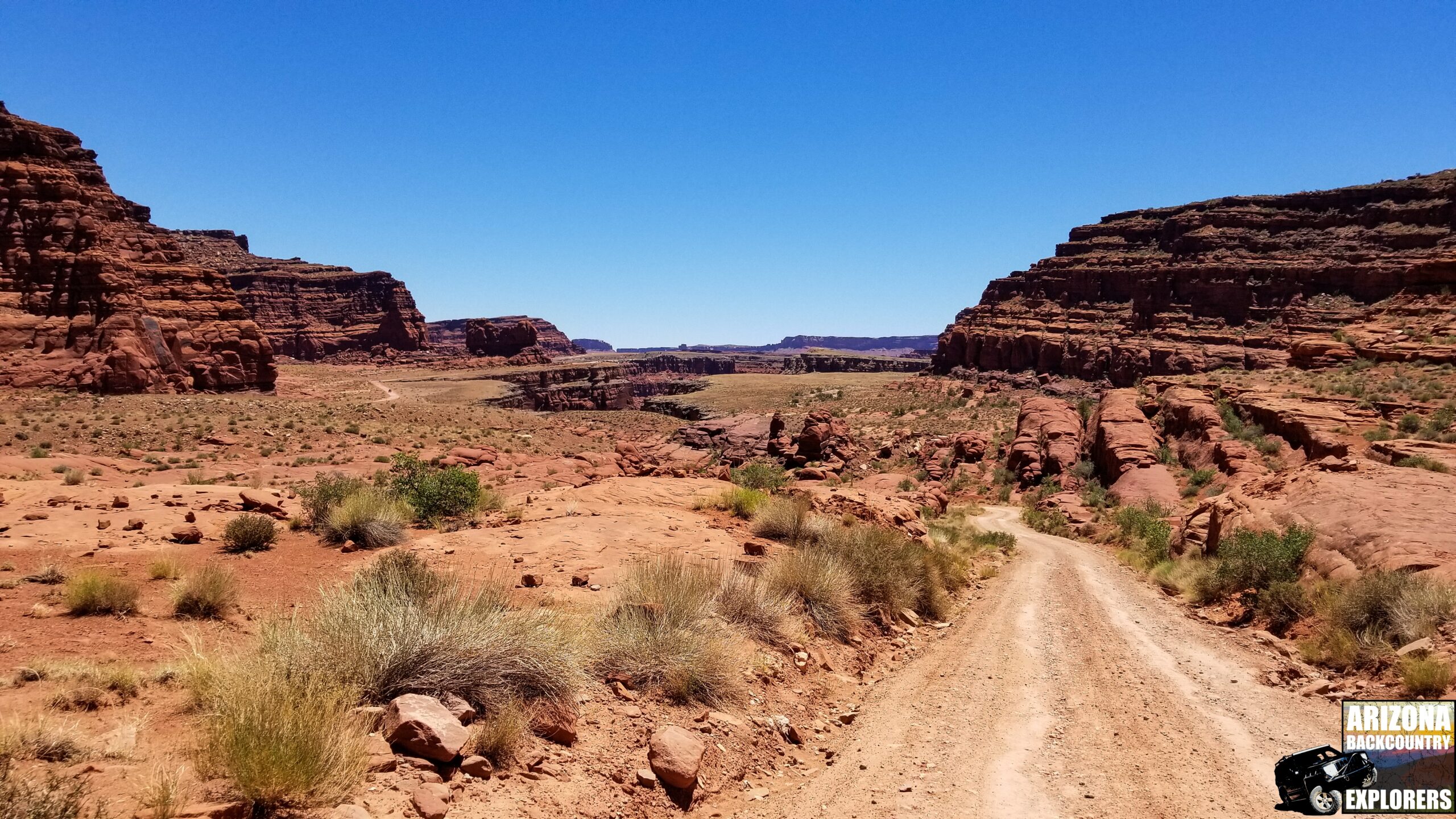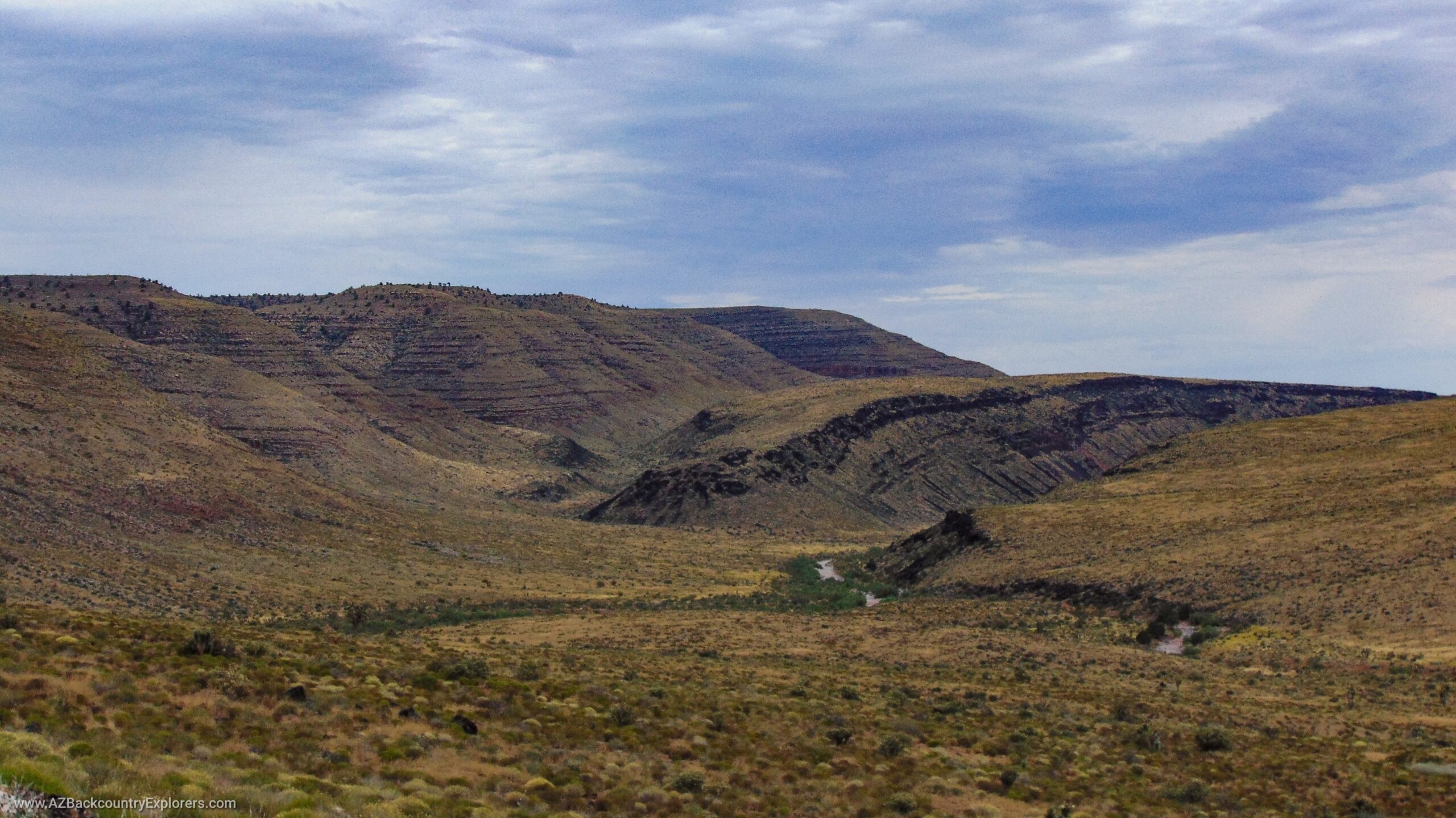Your cart is currently empty!
Posted in
This Executive Order was put in place on February 8th, 1972 by then-president Richard Nixon (before the repeal of RS 2477). It originally directed federal agencies to establish, within six months, a system of trails, and areas where motorized users can and can’t travel cross-country and off the established roads.
All of these roads would have fallen under Revised Statute 2477 and provided a public right of way while taking into account the construction of a safe and resource-conscious trail. It originally had nothing to do with closing roads on public lands. Instead, it directed agencies to develop many of the roads we see closing today.
The Executive Order was then amended by Executive Order 11989 on May 24, 1977, by President Jimmy Carter (after the repeal of RS 2477) to include Section 9. Section 9 directs the agency head to immediately close trails and areas to the type of offroad vehicle they determine causes or will cause “considerable adverse effects on the soil, vegetation, wildlife, wildlife habitat or cultural or historic resources of particular areas,” despite the provisions in section 3.
Since the late 70s and early 80s, Lawmakers have tried to further restrict federal agencies from closing Revised Statute 2477 rights of way. They successfully prohibited all federal agencies from using any of their budgets regarding the recognition, validity, and management of Revised Statute 2477 rights of way with a pro-access Government Accountability Office opinion making the prohibition permanent in 2003.
This Executive Order was a huge blow to Revised Statute 2477 as it granted We The People the right of way to travel across the unclaimed land of the US and establish highways by foot, automobile, and beasts of burden. However, the Government Accountability Office option on Section 8 of the Omnibus Consolidated Appropriations Act of 1997, is significant. Nonetheless, this Executive Order is now cited by federal land management agencies as the authoritative mandate to close public rights-of-way.
The following is copied word-for-word as provided in the National Archives.
Executive Order 11644–Use of off-road vehicles on the public lands
Source: The provisions of Executive Order 11644 of Feb. 8, 1972, appear at 37 FR 2877, 3 CFR, 1971-1975 Comp., p. 666, unless otherwise noted.
An estimated 5 million off-road recreational vehicles–motorcycles, minibikes, trial bikes, snowmobiles, dune-buggies, all-terrain vehicles, and others–are in use in the United States today, and their popularity continues to increase rapidly. The widespread use of such vehicles on the public lands–often for legitimate purposes but also in frequent conflict with wise land and resource management practices, environmental values, and other types of recreational activity–has demonstrated the need for a unified Federal policy toward the use of such vehicles on the public lands.
NOW, THEREFORE, by virtue of the authority vested in me as President of the United States by the Constitution of the United States and in furtherance of the purpose and policy of the National Environmental Policy Act of 1969 (42 U.S.C. 4321), it is hereby ordered as follows:
Section 1. Purpose. It is the purpose of this order to establish policies and provide for procedures that will ensure that the use of off-road vehicles on public lands will be controlled and directed so as to protect the resources of those lands, to promote the safety of all users of those lands, and to minimize conflicts among the various uses of those lands.
Sec. 2. Definitions. As used in this order, the term:
(1) “public lands” means (A) all lands under the custody and control of the Secretary of the Interior and the Secretary of Agriculture, except Indian lands, (B) lands under the custody and control of the Tennessee Valley Authority that are situated in western Kentucky and Tennessee and are designated as “Land Between the Lakes,” and (C) lands under the custody and control of the Secretary of Defense;
(2) “respective agency head” means the Secretary of the Interior, the Secretary of Defense, the Secretary of Agriculture, and the Board of Directors of the Tennessee Valley Authority, with respect to public lands under the custody and control of each;
(3) “off-road vehicle” means any motorized vehicle designed for or capable of cross-country travel on or immediately over land, water, sand, snow, ice, marsh, swampland, or other natural terrain; except that such term excludes (A) any registered motorboat, (B) any fire, military, emergency or law enforcement vehicle when used for emergency purposes, and any combat or combat support vehicle when used for national defense purposes, and (C) any vehicle whose use is expressly authorized by the respective agency head under a permit, lease, license, or contract; and
(4) “official use” means use by an employee, agent, or designated representative of the Federal Government or one of its contractors in the course of his employment, agency, or representation.
[Sec. 2 amended by Executive Order 11989 of May 24, 1977, 42 FR 26959, 3 CFR, 1977 Comp., p. 120]
Sec. 3. Zones of Use.
(a) Each respective agency head shall develop and issue regulations and administrative instructions, within six months of the date of this order, to provide for administrative designation of the specific areas and trails on public lands on which the use of off-road vehicles may be permitted, and areas in which the use of off-road vehicles may not be permitted, and set a date by which such designation of all public lands shall be completed. Those regulations shall direct that the designation of such areas and trails will be based upon the protection of the resources of the public lands, promotion of the safety of all users of those lands, and minimization of conflicts among the various uses of those lands. The regulations shall further require that the designation of such areas and trails shall be in accordance with the following
(1) Areas and trails shall be located to minimize damage to soil, watershed, vegetation, or other resources of the public lands.
(2) Areas and trails shall be located to minimize harassment of wildlife or significant disruption of wildlife habitats.
(3) Areas and trails shall be located to minimize conflicts between off-road vehicle use and other existing or proposed recreational uses of the same or neighboring public lands, and to ensure the compatibility of such uses with existing conditions in populated areas, taking into account noise and other factors.
(4) Areas and trails shall not be located in officially designated Wilderness Areas or Primitive Areas. Areas and trails shall be located in areas of the National Park system, Natural Areas, or National Wildlife Refuges and Game Ranges only if the respective agency head determines that off-road vehicle use in such locations will not adversely affect their natural, aesthetic, or scenic values.
(b) The respective agency head shall ensure adequate opportunity for public participation in the promulgation of such regulations and in the designation of areas and trails under this section.
(c) The limitations on off-road vehicle use imposed under this section shall not apply to official use.
Sec. 4. Operating Conditions. Each respective agency head shall develop and publish, within one year of the date of this order, regulations prescribing operating conditions for off-road vehicles on the public lands. These regulations shall be directed at protecting resource values, preserving public health, safety, and welfare, and minimizing use conflicts.
Sec. 5. Public Information. The respective agency head shall ensure that areas and trails where off-road vehicle use is permitted are well marked and shall provide for the publication and distribution of information, including maps, describing such areas and trails and explaining the conditions on vehicle use. He shall seek cooperation of relevant State agencies in the dissemination of this information.
Sec. 6. Enforcement. The respective agency head shall, where authorized by law, prescribe appropriate penalties for violation of regulations adopted pursuant to this order, and shall establish procedures for the enforcement of those regulations. To the extent permitted by law, he may enter into agreements with State or local governmental agencies for cooperative enforcement of laws and regulations relating to off-road vehicle use.
Sec. 7. Consultation. Before issuing the regulations or administrative instructions required by this order or designating areas or trails as required by this order and those regulations and administrative instructions, the Secretary of the Interior shall, as appropriate, consult with the Secretary of Energy and the Nuclear Regulatory Commission.
[Sec. 7 amended by Executive Order 12608 of Sept. 9, 1987, 52 FR 34617, 3 CFR, 1987 Comp., p. 245]
Sec. 8. Monitoring of Effects and Review.
(a) The respective agency head shall monitor the effects of the use of off-road vehicles on lands under their jurisdictions. On the basis of the information gathered, they shall from time to time amend or rescind designations of areas or other actions taken pursuant to this order as necessary to further the policy of this order.
(b) The Council on Environmental Quality shall maintain a continuing review of the implementation of this order.
Sec. 9. Special Protection of the Public Lands.
(a) Notwithstanding the provisions of Section 3 of this Order, the respective agency head shall, whenever he determines that the use of off-road vehicles will cause or is causing considerable adverse effects on the soil, vegetation, wildlife, wildlife habitat or cultural or historic resources of particular areas or trails of the public lands, immediately close such areas or trails to the type of off-road vehicle causing such effects, until such time as he determines that such adverse effects have been eliminated and that measures have been implemented to prevent future recurrence.
(b) Each respective agency head is authorized to adopt the policy that portions of the public lands within his jurisdiction shall be closed to use by off-road vehicles except those areas or trails which are suitable and specifically designated as open to such use pursuant to Section 3 of this Order.
[Sec. 9 added by Executive Order 11989 of May 24, 1977, 42 FR 26959, 3 CFR, 1977 Comp., p. 120]
Tags:
You may also like…

Visit the AZBackroads.com Store

Please Become A Member
We need your help to keep our backroads open. Please join today!
